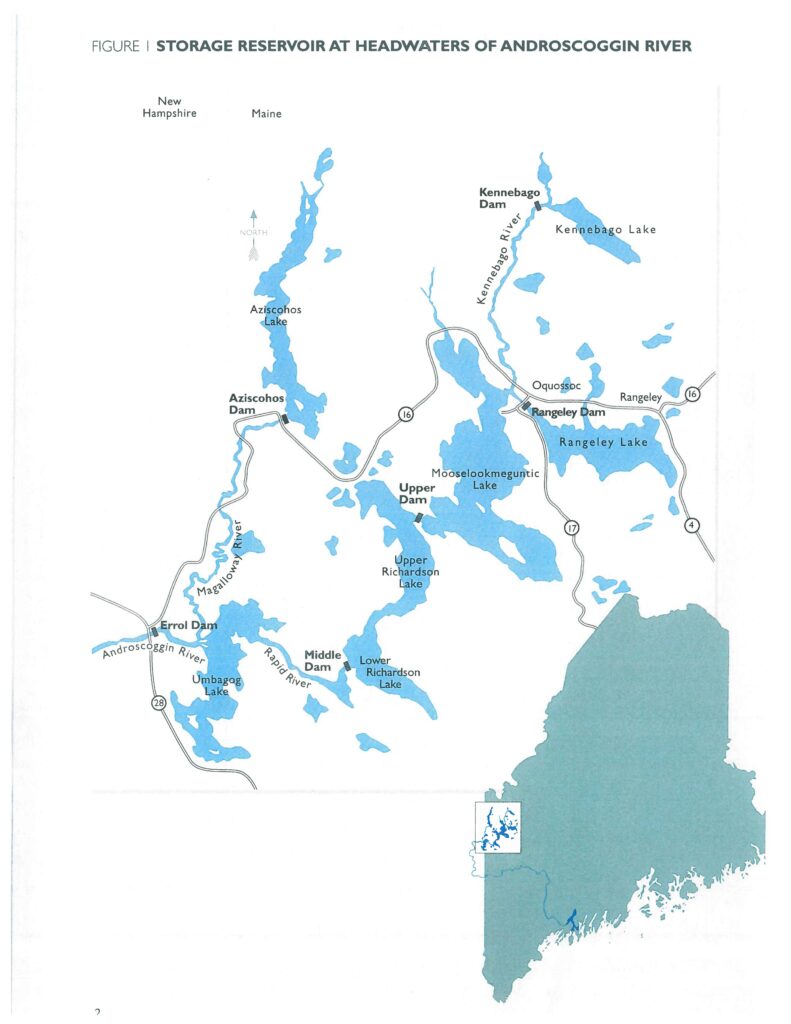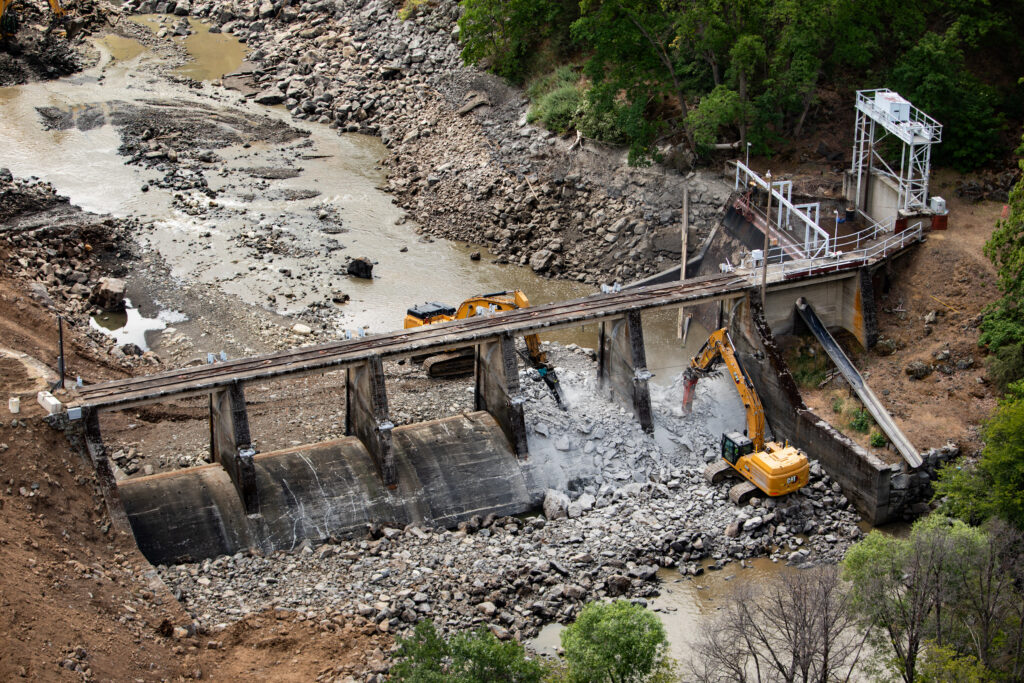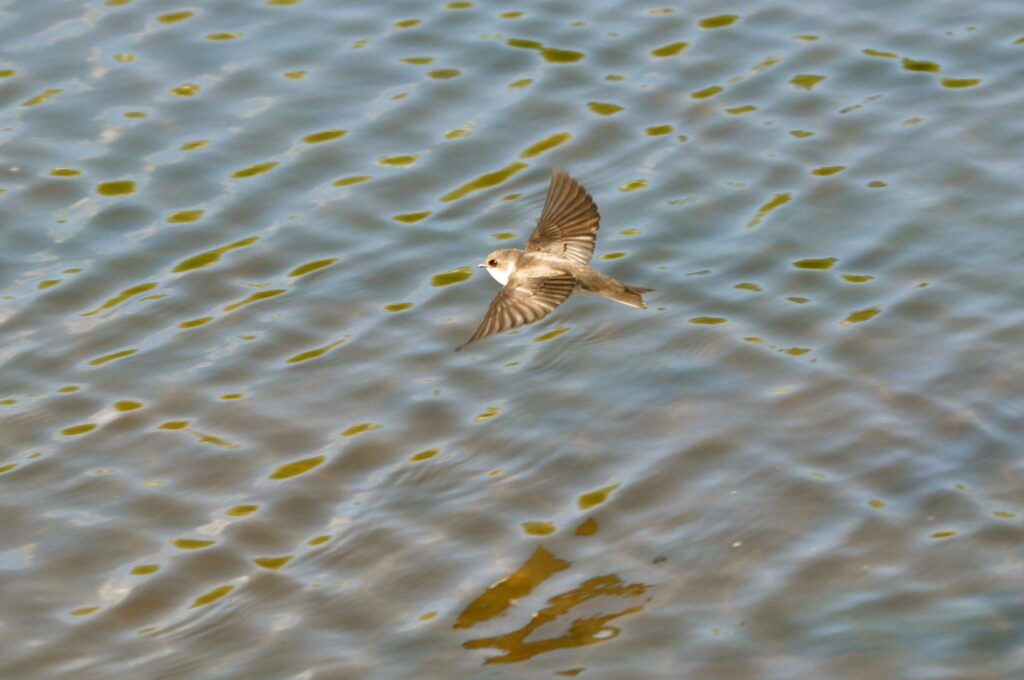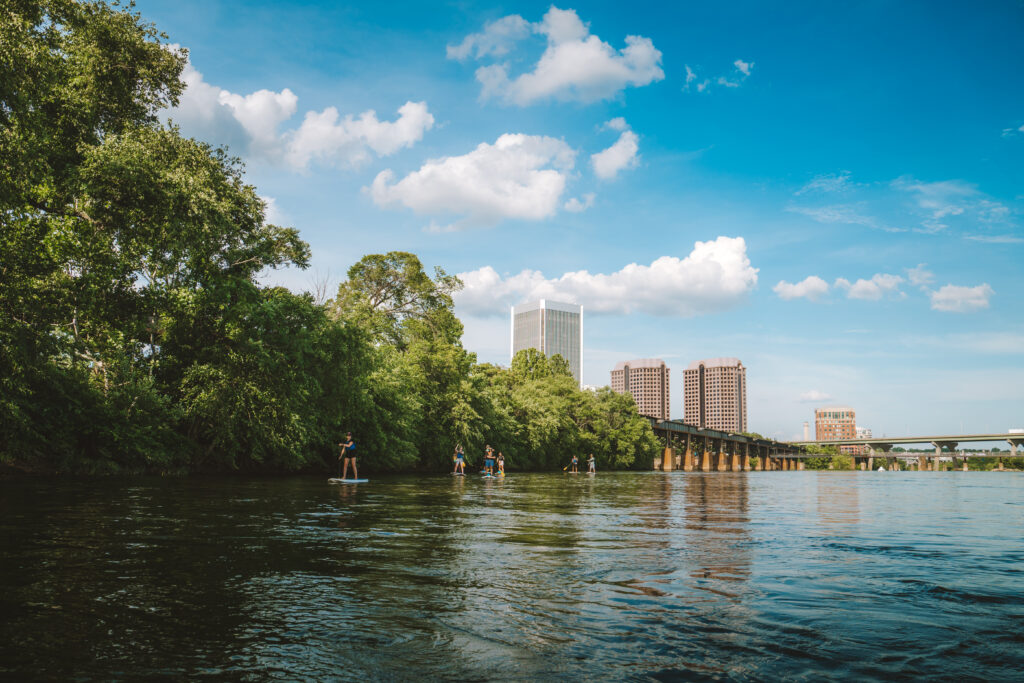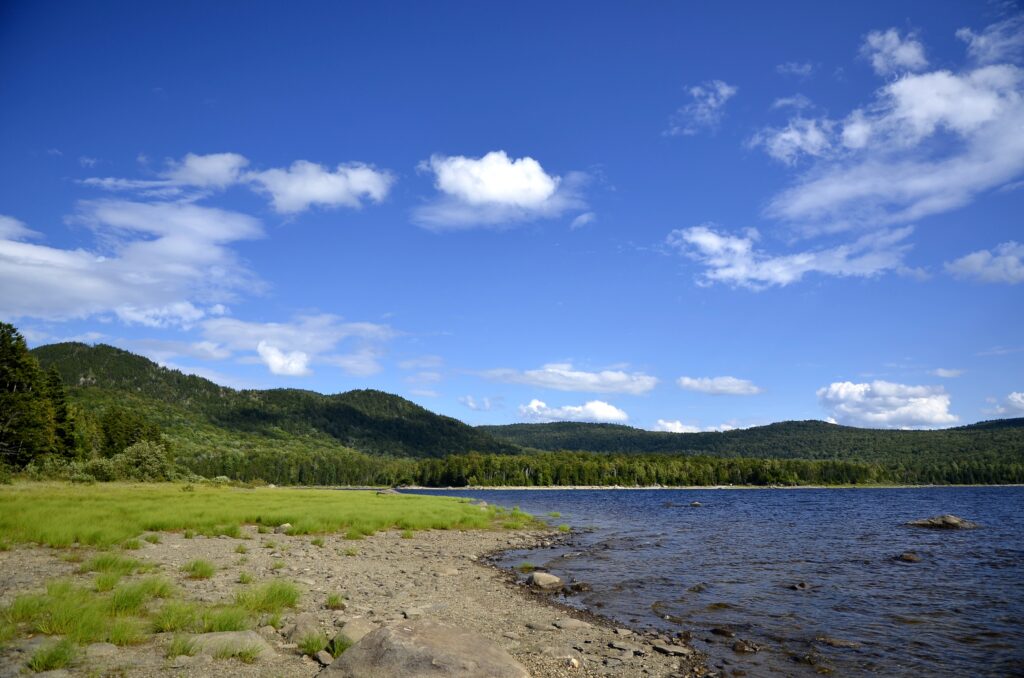
As a kid I always loved taking baths. And these were often after I had been bumming around in the backyard or messing in the little stream behind my friend’s house building dams in the hapless hope of making a swimming hole deep enough to do a cannonball.
What I didn’t love so much was the reasonable task of cleaning the tub and getting rid of that ring of dirty soapy water that was left behind.
So what’s this got to do with rivers and Maine? We need to go back to the log drive days of the 19th century first. Much of Maine’s river systems were dammed and redirected to create transportation routes for logs. Water was impounded and managed to create flows sufficient to float logs from the northern woods to the ports and cities with the mills and transportation hubs. Later hydropower dams were constructed on these rivers to generate electricity for the lumber and pulp and paper mills built in the 20th century. Much of this hydropower was constructed in relationship to how the original log drive water management was designed. Today these dammed reservoirs and the hydroelectric stations are no longer owned by the lumber of pulp mills, but by large multi-national hydropower firms. In Maine Brookfield Power is the largest owner of hydropower projects in the state with ownership of x projects generating x megawatts of electricity for the regional grid.
Back to the bathtub …
Lots of water in Maine is stored in reservoirs (that’s the bathtub). In the northwest corner of Maine there is an elaborate system of impoundments in the headwaters of the Androscoggin River. These five inter-related reservoirs all connect and send water downstream through the state’s 3rd largest watershed. One particular reservoir is called Azisochos Lake and was created in 1911 by damming the Magalloway River and has been managed by a complex agreement between dam owners and downstream mill owners. These agreements were first inked in 1909.
The dam and generating station at Aziscohos Lake (formerly Magalloway River) is currently being relicensed for another 30-50 years of operation and one of the big issues is trying to figure out what to do with that ring around the bathtub.
In order to meet the downstream water needs for the log drives and now the hydropower and other water uses the Aziscohos Reservoir is drawn down during the summer and then refilled from snowmelt and runoff. Because the Aziscohos (and others) reservoir is relatively shallow and cover large acreages, these drawdowns expose large amounts of shoreline for long periods of time during the year. That exposed shoreline is the ring around the bathtub.
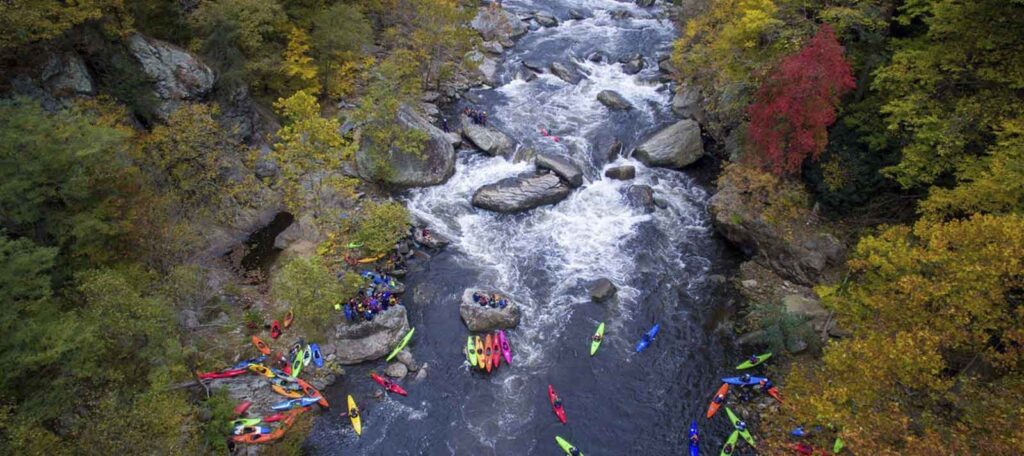
Let's Stay In Touch!
We’re hard at work for rivers and clean water. Sign up to get the most important news affecting your water and rivers delivered right to your inbox.
While that bathtub ring from my youthful tubs was just unsightly, the ring around Aziscohos creates a lot more problems.
The regularly exposed shoreline, which under the current license can cover more than 1,000 acres, that used to be aquatic habitat for fish, freshwater mussels and plants dries out, leaves camp owners and boaters with fewer places to access the water.
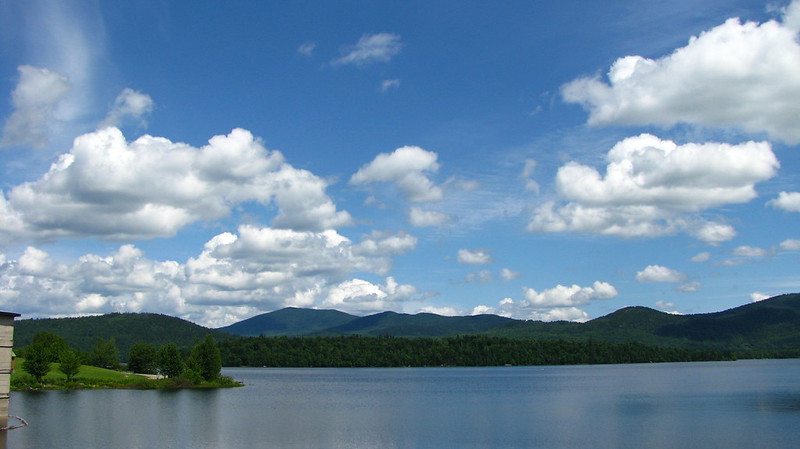
Currently American Rivers is one of the organizations working to figure out how the drawdowns of the reservoir can be changed in order to protect more aquatic habitat and improve recreation on the reservoir and downstream on the Magalloway (a storied coldwater fishery). Maine DEP has very strong standards for protecting fish, plant, and mussels. These standards were developed after the last time this license came up for renewal, so it is a tough challenge to get dam operations to meet these standards that are grounded in the federal Clean Water Act’s requirements.
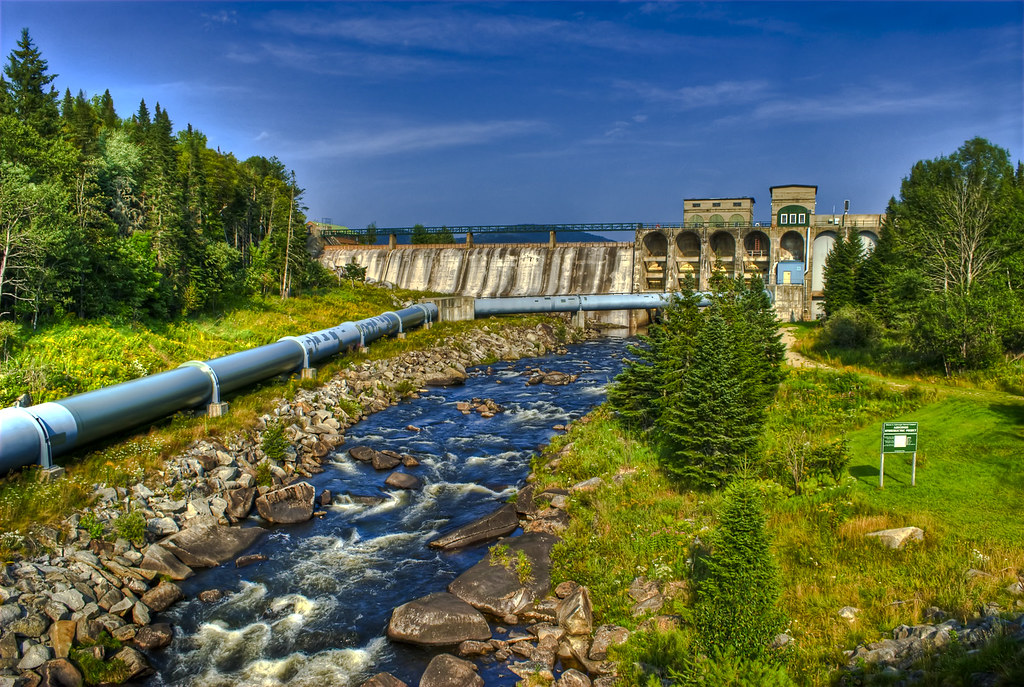
The challenge of these standards for the wide and shallow Aziscohos reservoir comes down to analyzing water levels foot by foot and season by season. The reservoir’s bathymetry (or shape of the bathtub) means that every foot of elevation change can expose between two and three hundred acres of shoreline which not only exposes aquatic habitat but eliminates places for fish to seek refuge during the warmer summer months.
American Rivers is at the table for the next several months adding our voice with our local partners on behalf of the river, all of the critters who rely on it, and the people who are sustained by its beauty and power.

